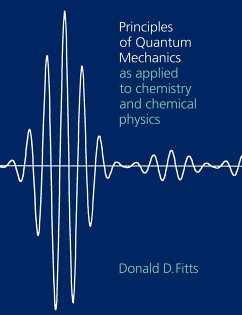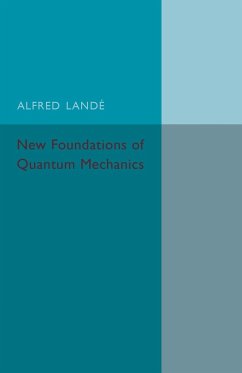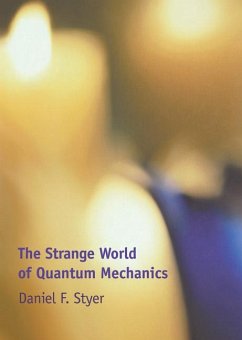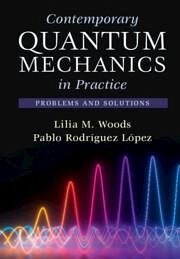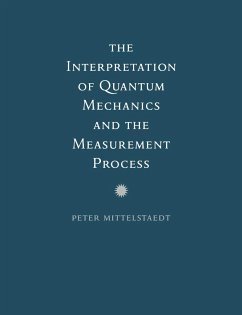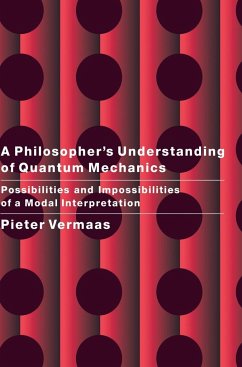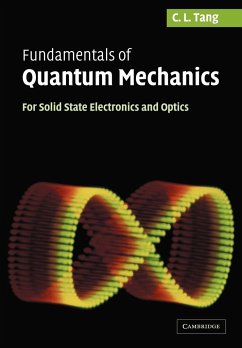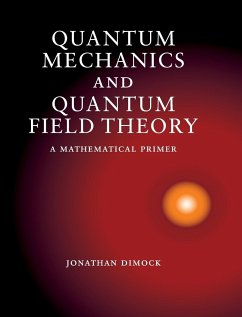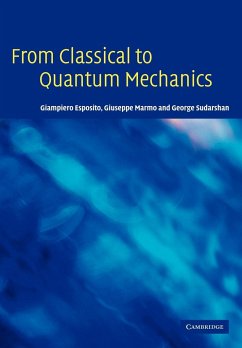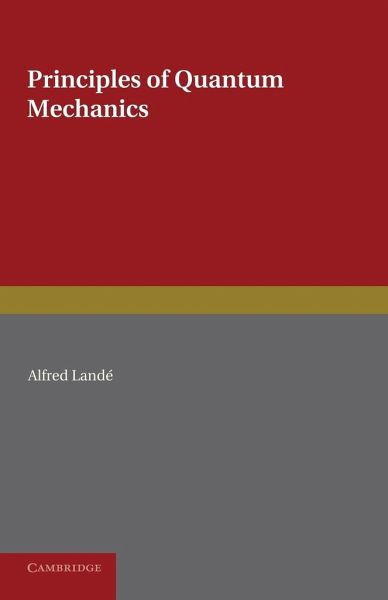
Principles of Quantum Mechanics
Versandkostenfrei!
Versandfertig in 1-2 Wochen
52,99 €
inkl. MwSt.

PAYBACK Punkte
26 °P sammeln!
Originally published in 1937, this book by renowned physicist Alfred Landé aims 'to develop the principles of quantum mechanics on the basis of a few standard observations'. Landé notes that, in contrast with classical mechanics, quantum mechanics is still a relatively young science with some way to go before it is internally consistent. This book will be of value to anyone with an interest in the history of physics and quantum mechanics.





